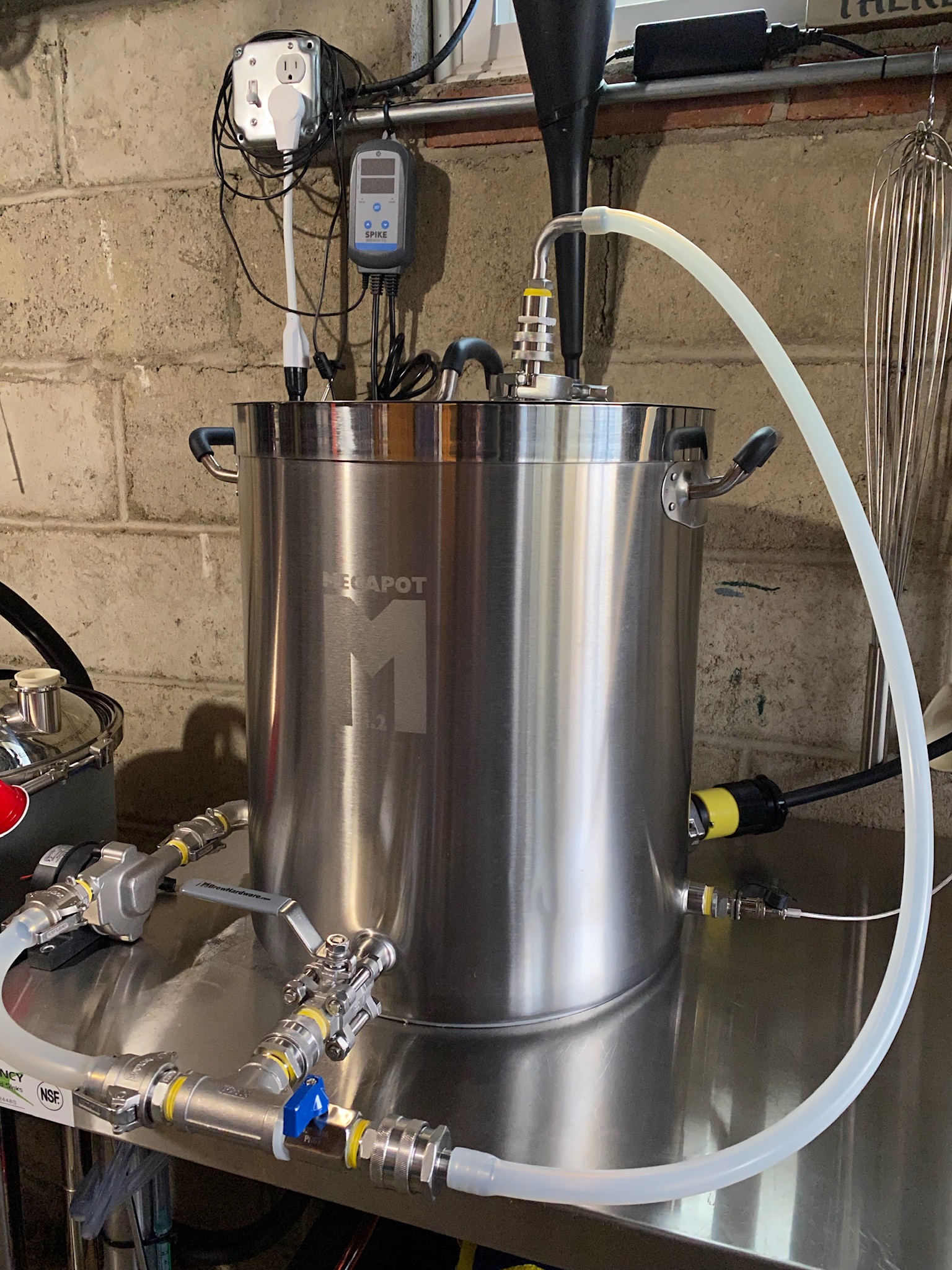Mousetrapbrewery
Well-Known Member
- Joined
- May 17, 2021
- Messages
- 56
- Reaction score
- 22
I tried to find an answer to this question but couldn’t locate it anywhere. So if someone has already answered this please send me the thread.
I recently got a Spike conical fermenter. I have done some reading on recirculating the hops during the dry hop. I was trying to find videos or info on how it actually works. I couldn’t find much. I am wondering how everyone sets this up? How do you purge the pump and hoses with CO2 so you don’t risk oxidation. Also how long does everyone keep it recirculating for? One of the biggest things I found was to let the hops dissolve for approx 1 hour before recirculating. I also have a way to dry hop with minimal oxygen. Is the oxygen in the hose that much to ruin a 5-10 gallon batch? Thanks.
I recently got a Spike conical fermenter. I have done some reading on recirculating the hops during the dry hop. I was trying to find videos or info on how it actually works. I couldn’t find much. I am wondering how everyone sets this up? How do you purge the pump and hoses with CO2 so you don’t risk oxidation. Also how long does everyone keep it recirculating for? One of the biggest things I found was to let the hops dissolve for approx 1 hour before recirculating. I also have a way to dry hop with minimal oxygen. Is the oxygen in the hose that much to ruin a 5-10 gallon batch? Thanks.






















































![Craft A Brew - Safale BE-256 Yeast - Fermentis - Belgian Ale Dry Yeast - For Belgian & Strong Ales - Ingredients for Home Brewing - Beer Making Supplies - [3 Pack]](https://m.media-amazon.com/images/I/51bcKEwQmWL._SL500_.jpg)





